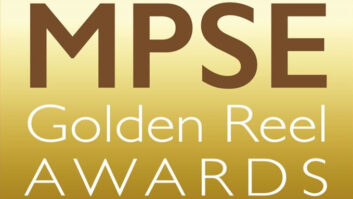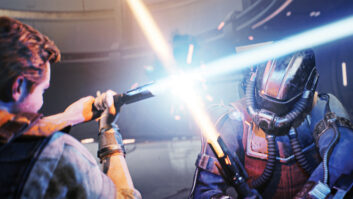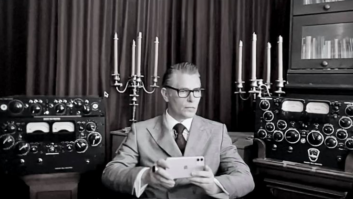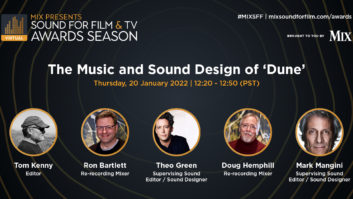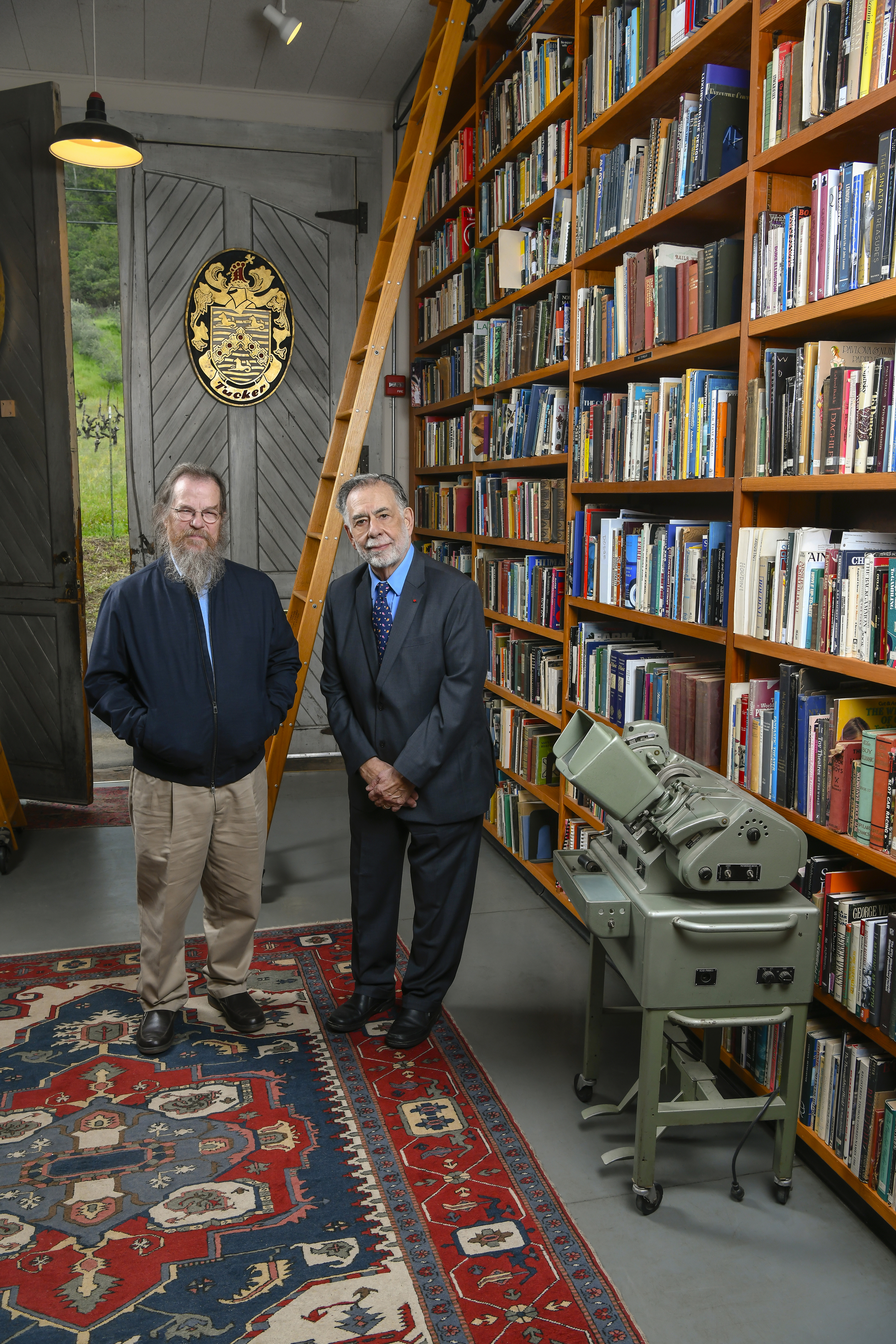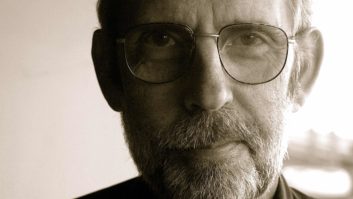Certain events linger in the mind as though they occurred yesterday. I may not recall where I had lunch last Tuesday, but global shocks such as the Kennedy and Lennon assassinations, the Apollo moon landing and the San Francisco quake of 1989 remain imprinted in nonvolatile — and startlingly real — detail. Another such memory of mine is attending a jammed press screening of Francis Coppola’s Apocalypse Now at San Francisco’s Northpoint Theater in 1979.
The street buzz about Apocalypse Now was enormous, with its (literally) exhaustive 238-day shooting schedule, typhoons and the overall spectacle of this $30 million epic. Yet, in spite of the hype, I was totally unprepared for the experience.
Perhaps the first clue came from the program notes. Coppola’s vision was that the film would have no title; instead, moviegoers would be provided printed programs with the credits. Unfortunately, these only went out to major cities that received 70mm prints, which faded to black silence after the final scene; 35mm prints had credits superimposed over blazing napalm. The program opens with a statement from Coppola: “The most important thing I wanted to do in the making of Apocalypse Now was to create a film experience that would give its audience a sense of the horror, the madness, the sensuousness and the moral dilemma of the Vietnam War.”
Here, Coppola’s “film experience” phrase is key to unlocking the puzzle. Clearly, Apocalypse Now ranks with The Birth of a Nation, Potemkin, Metropolis, Un Chien Andalou, La Grande Illusion, Citizen Kane, Psycho, The Seventh Seal, 2001, Ran and other masterpieces of 20th century cinema, but none of these other films left me as emotionally drained as Apocalypse Now. The film’s complex interweaving of dialog and environmental effects with seemingly disparate musical elements by Mickey Hart, Patrick Gleeson, Carmine Coppola, Wagner and The Doors played a major role in creating that powerful experience — in 6-channel surround, no less. After seeing Apocalypse Now, can anyone hear “The Ride of the Valkyries” without thinking about the smell of napalm in the morning?
Now, 22 years later, the film returns as Apocalypse Now Redux, a new version with an additional 49 minutes of deleted scenes edited and mixed by a team led by the incomparable Walter Murch. In this issue, Mix film sound columnist Larry Blake looks at the new production and the enormous challenge — part aesthetic, part detective work — in creating/restoring new audio that matches the majesty of the original 5.1 mix.
Keeping with this month’s surround theme, Blair Jackson chats with six top engineer/producers — Bob Clearmountain, Jimmy Douglass, Tom Flye, Mickey Hart, Tom Jung and Greg Ladanyi — who share their insights and experiences of working on recent DVD music projects. This month’s cover spotlights New York City’s Sound on Sound, where owner Dave Amlen has successfully built a hybrid environment that’s equally at home with either stereo or surround production. These days, versatility is the key to success: You gotta be ready for anything.
P.S. Subscribers will find a 2001 TEC Awards ballot with their issue. Check out the Voter’s Guide on page 74, listing all the nominees, and take a couple of minutes to cast your vote for the industry’s best and brightest. We’re counting on you!

